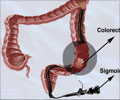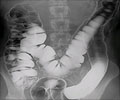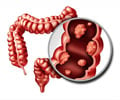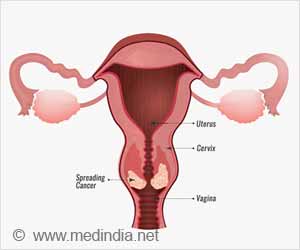Doctors have used focused ultrasound to destroy tumors without invasive surgery for some time, and now they can focus only on cancer cells if they are set to correct frequency.
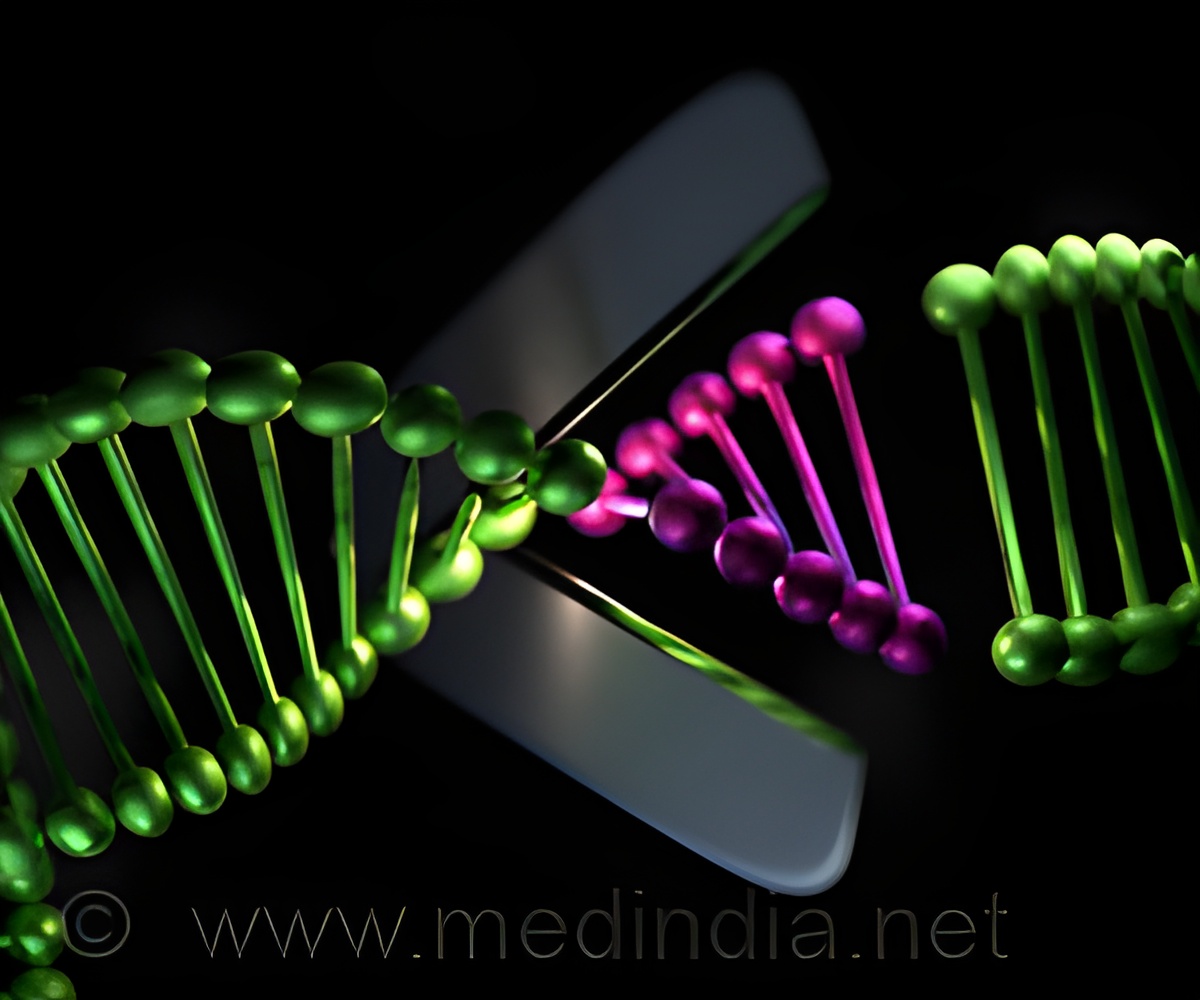
‘The researchers hope their work will inspire others to explore oncotripsy as a treatment that could one day be used alongside chemotherapy, immunotherapy, radiation and surgery.’
Read More..




Researchers at the California Institute of Technology and City of Hope Beckman Research Institute have developed a low-intensity ultrasound approach that exploits the unique physical and structural properties of tumor cells to target them and provide a more selective, safer option.Read More..
By scaling down the intensity and carefully tuning the frequency to match the target cells, the group was able to break apart several types of cancer cells without harming healthy blood cells.
Their findings, reported in Applied Physics Letters, from AIP Publishing, are a new step in the emerging field called oncotripsy, the singling out and killing of cancer cells based on their physical properties.
"This project shows that ultrasound can be used to target cancer cells based on their mechanical properties," said David Mittelstein, lead author on the paper. "This is an exciting proof of concept for a new kind of cancer therapy that doesn't require cancer to have unique molecular markers or to be located separately from healthy cells to be targeted."
A solid mechanics lab at Caltech first developed the theory of oncotripsy, based on the idea that cells are vulnerable to ultrasound at specific frequencies -- like how a trained singer can shatter a wine glass by singing a specific note.
Advertisement
"Just by tuning the frequency of stimulation, we saw a dramatic difference in how cancer and healthy cells responded," Mittelstein said. "There are many questions left to investigate the precise mechanism, but our findings are very encouraging."
Advertisement
Source-Eurekalert

